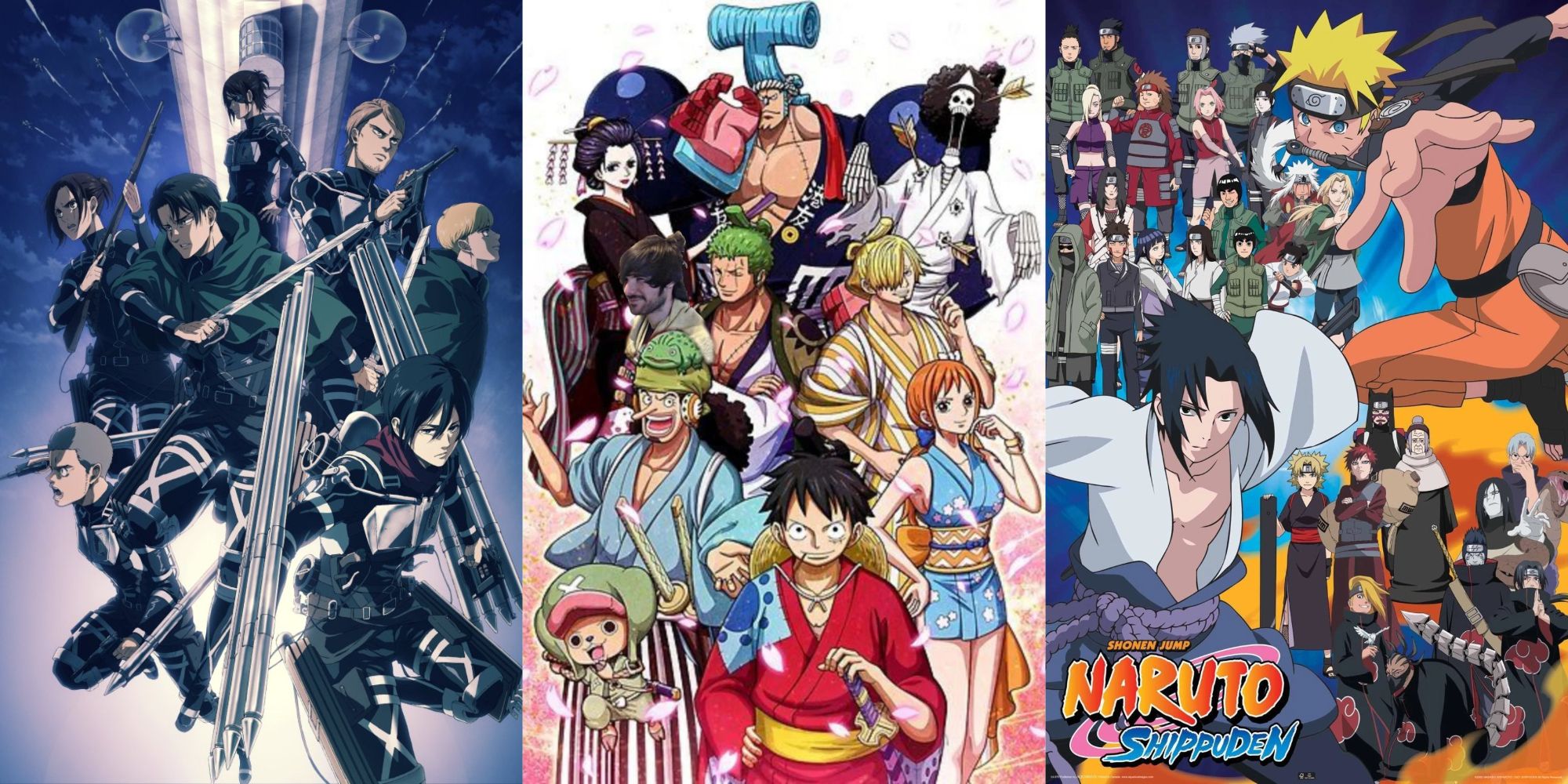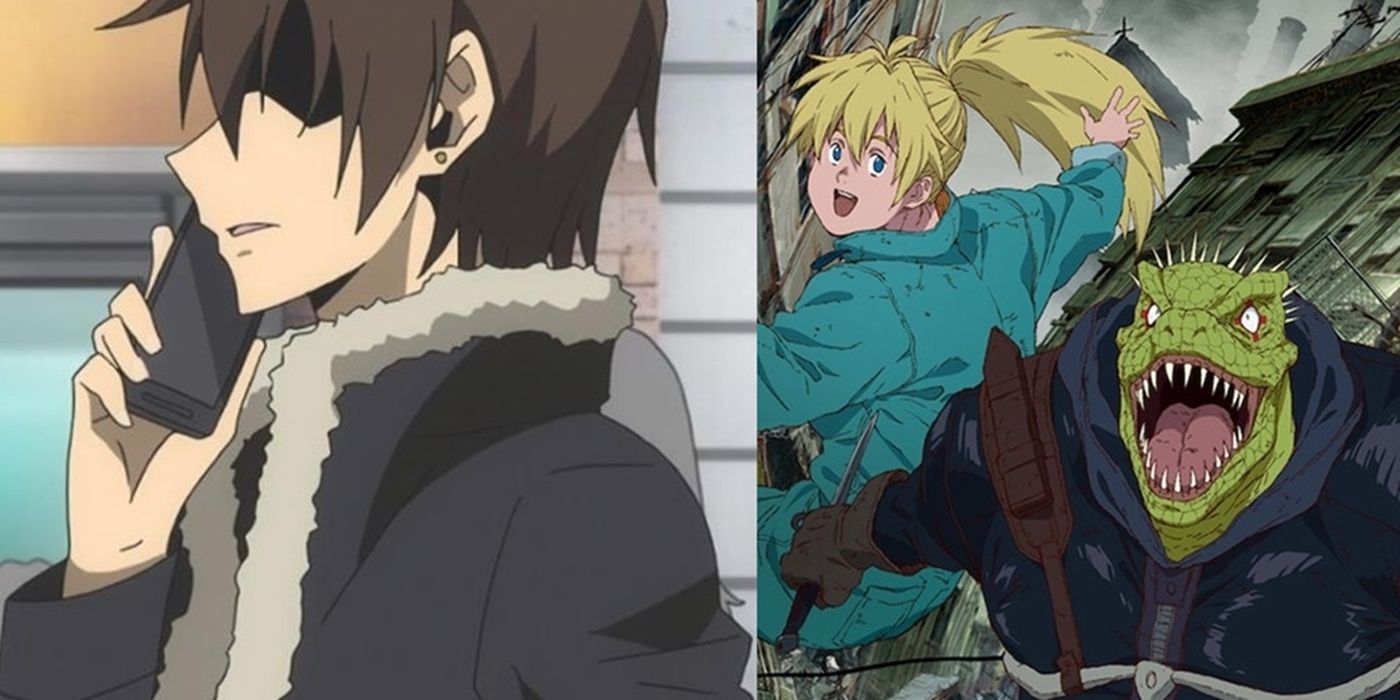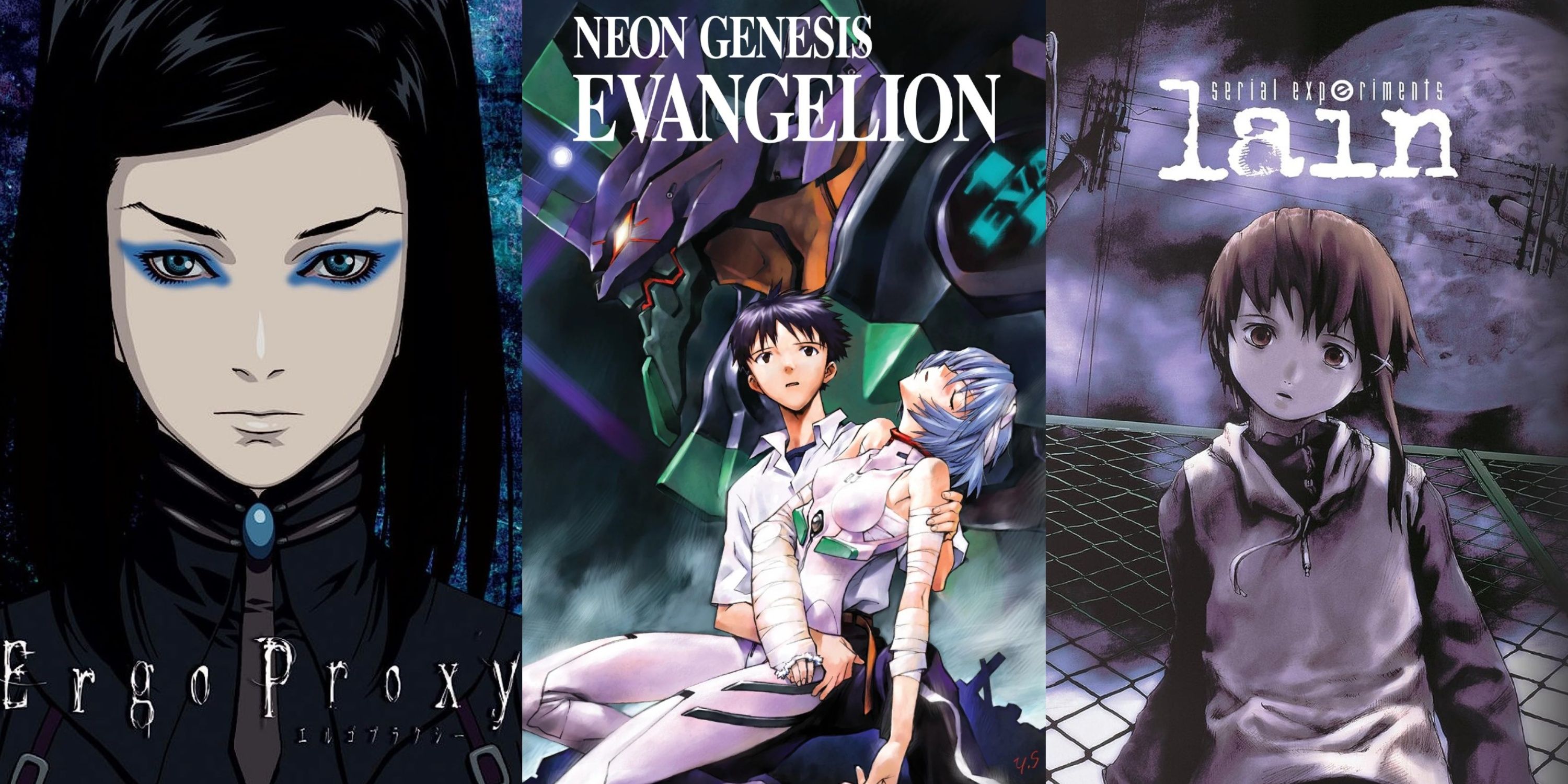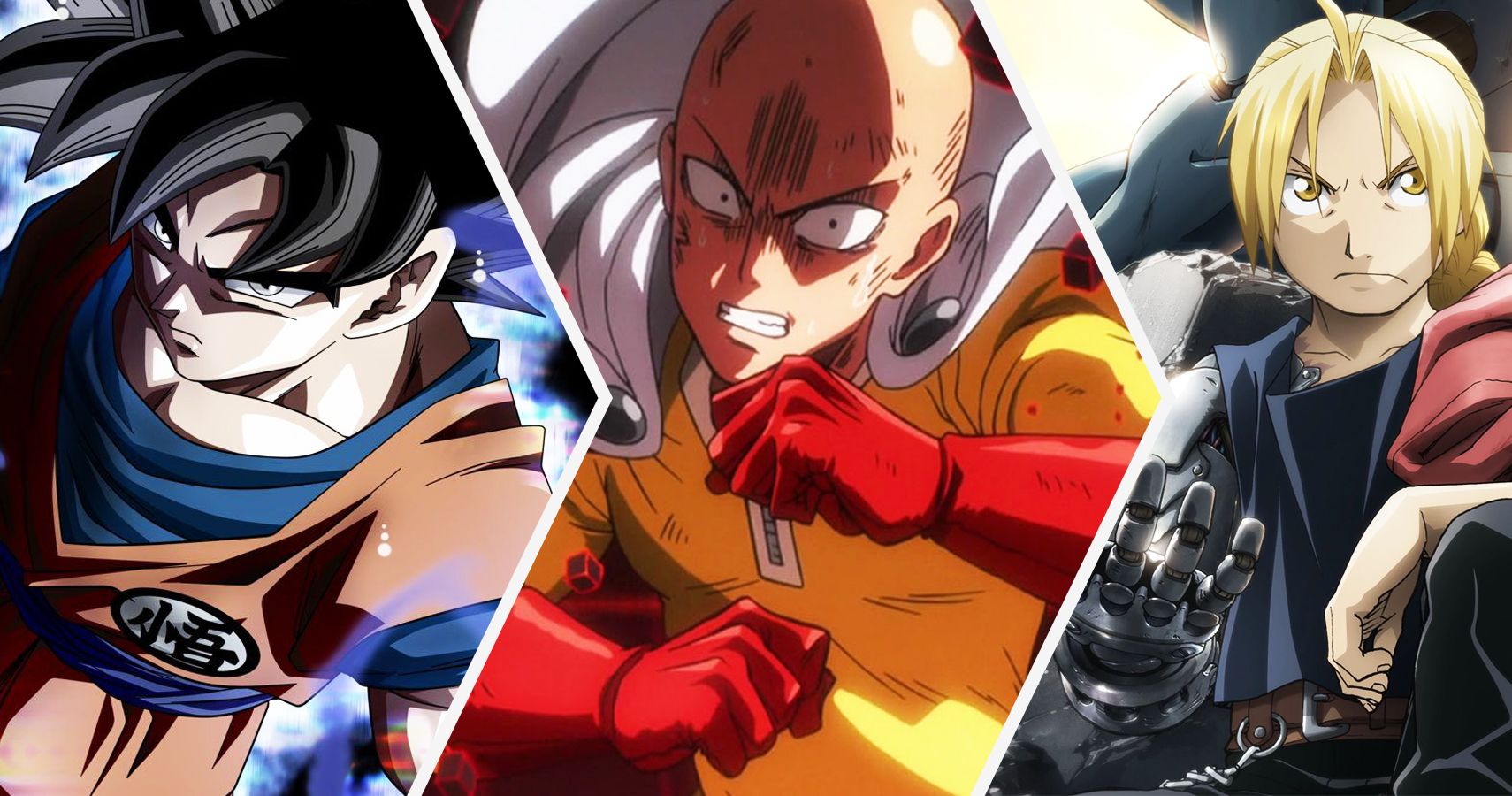The art of worldbuilding in anime is a fascinating topic. When done well, it can transport viewers to immersive and fantastical realms, while poor worldbuilding can leave fans scratching their heads and seeking more. As we explore the anime landscape of 2024, one show stands out for its exceptional worldbuilding: "Hell’s Paradise: Jigokuraku".

- Anime Lovers, Get Ready For A Wild Ride
- Top 10 Most Heartbreaking Anime Moments
- Epic Anime Showdowns That Left Us Breathless And Begging For More
- Top 5 Most Unforgettable Anime Cliffhangers
- Redemption Storylines That Will Tug At Your Heart
Set in the 18th century, "Hell’s Paradise" takes viewers on a perilous journey with a group of death row inmates, who are sent to a remote island to search for a mysterious elixir known as the "Elixir of Life". What makes this show’s worldbuilding so remarkable is its meticulous attention to detail. The creators, Yuji Kaku, drew inspiration from Japanese history and folklore, weaving together a rich tapestry of cultural influences, mythology, and politics.
One of the most striking aspects of "Hell’s Paradise" is its portrayal of Japan’s Edo period. The show’s depiction of this era is marked by stunning accuracy, from the intricate designs of traditional clothing to the stark contrast between the opulent lives of the nobility and the poverty-stricken masses. This attention to historical detail not only grounds the narrative but also provides a unique lens through which to explore themes of power, corruption, and the human condition.
But what truly sets "Hell’s Paradise" apart is its unique blend of horror and fantasy elements. The show’s world is inhabited by terrifying creatures, known as the "Hiso Hiso", which are drawn from Japanese folklore. These dark, twisted beings serve as a manifestation of the characters’ deepest fears, adding a layer of psychological complexity to the narrative.
Another notable aspect of "Hell’s Paradise"’s worldbuilding is its exploration of the clash between traditional values and modernity. As the characters navigate this isolated island, they are forced to confront the limits of their knowledge and the futility of their quests for power. This internal struggle mirrors the external conflict between the natural world and the world of humanity, where the pursuit of progress and innovation often comes at a terrible cost.
Through its thoughtful and deliberate worldbuilding, "Hell’s Paradise" creates a sense of immersion that is hard to shake. The show’s world is meticulously crafted, with each episode revealing new layers of depth and complexity. This is not just a series; it’s an experience that invites viewers to step into its world, one that is marked by equal measures of beauty, terror, and humanity.
What sets "Hell’s Paradise" apart from its contemporaries is the way it has managed to craft a narrative that feels both historically rooted and yet utterly unique. While it’s true that other anime have explored similar themes, none have managed to do so with the same level of cohesion and depth. This is a testament to the skill of the creators, who have managed to blend disparate elements into a world that feels both vibrant and lived-in.
Ultimately, "Hell’s Paradise: Jigokuraku" stands as an exemplary model of worldbuilding in anime. Its richly detailed world, driven by a narrative that explores the complexities of human nature, serves as a testament to the art form’s ability to transport us to other worlds. As we navigate the ever-evolving landscape of anime, it’s clear that "Hell’s Paradise" is one show that will set the standard for worldbuilding in 2024 and beyond.




